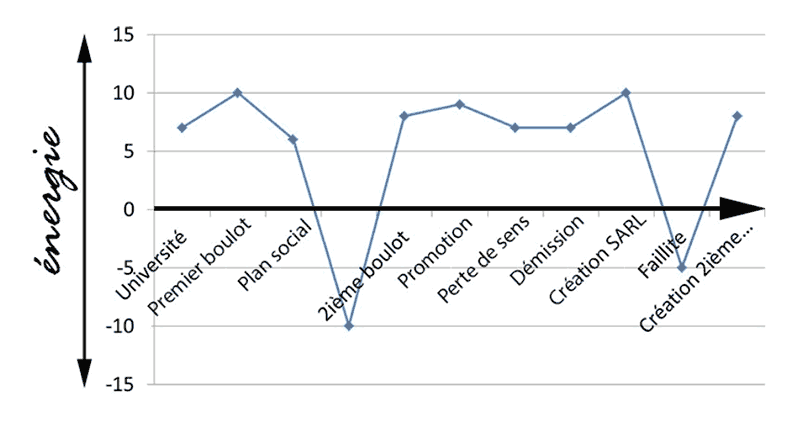In France, thelife expectancy has (as a general rule) a tendency to increase: in 2022, it is 79.4 years for men and 85.4 years for women. Nevertheless, with the arrival of chronic diseases, cancers or other physical disorders, these additional years of life are not always lived “in good health“ : this is why the DREES calculates disability-free life expectancy in parallel, which makes it possible to better appreciate the benefit of these additional years.
While life expectancy at birth “corresponds to the average number of years that a fictitious generation can hope to live by being subject, at each age, to the mortality conditions of a given year”the disability-free or “healthy” life expectancy measure”the number of years that a person can expect to live without suffering from a disability in the gestures of daily living”.
And since 2008, this indicator has been constant progression. How is it calculated? A sample of people must answer the question “Have you been limited for at least six months, due to a health problem, in the activities that people usually do?. They must also indicate whether these limitations are more or less strong : it is thus possible to calculate the life expectancy without incapacity and without severe incapacity (that is to say without handicap).
Disability-free life expectancy at age 65 increases in 2021
In 2021, this life expectancy at age 65 without disability rises to 12.6 years for women and 11.3 years for men. Without severe disability, it even rises to 18.8 years for women and 16.2 years for men.
Between 2008 and 2021, this disability-free life expectancy increased by 2 years and 8 months for men and 2 years and 7 months for women. Similarly, life expectancy without severe disability at birth has also increased. And despite the health crisis linked to Covid-19, the increase has continued over the past two years.
For its part, disability-free life expectancy at age 65 has increased much faster than life expectancy. “Thus, in 2021, for men, the years without disability accounted for 59.3% of the years remaining to live at age 65, compared to 47.7% in 2008. For women, the proportion of years without disability in the life expectancy life at age 65 has increased from 44.7% in 2008 to 54.4% in 2021″details the Drees.
But this disability-free life expectancy is not calculated only from the age of 65 : it can be calculated at all ages of life, and from birth, thus being able to reflect disorders occurring early in childhood or at the start of working life. “At birth, in 2021, women can expect to live 67.0 years without disability and 78.6 years without severe disability; men 65.6 years without disability and 74.4 years without severe disability”, details the Drees. An increase of 2 years and 6 months for women and 2 years and 10 months for men since 2008.
Above-average disability-free life expectancy in Europe
At the European level, France is rather in the rank of a good student. Disability-free life expectancy for men at age 65 is eight months higher than the European average, which is 9.5 years. For women, it is longer by one year and eight months. By way of comparison, life expectancy for women at age 65 in France is the highest in the EU and the third highest for men. Nevertheless, disability-free life expectancy at age 65 is slightly lower: it is in 5e position for women and at 10e rank for men.
Source :













